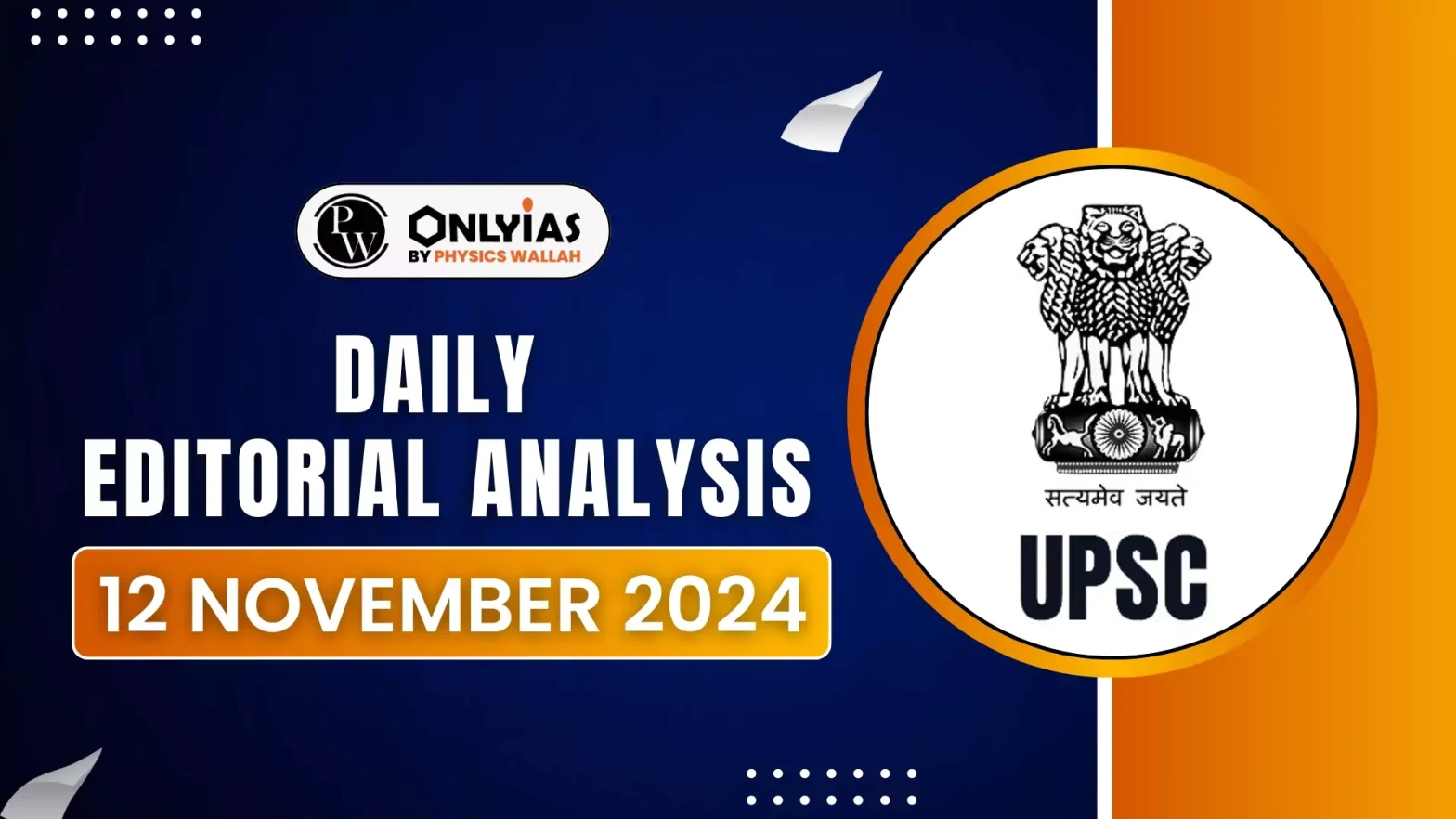The Public Distribution System (PDS) in India is a critical tool for ensuring food security among the most vulnerable populations. However, persistent challenges have raised concerns about its long-term sustainability and effectiveness.
The case of Food subsidy:
- In FY 2023, India allocated Rs 2.7 lakh crore for food subsidies.
- Some argue that these subsidies, while important for food security, could be repurposed to invest in agricultural R&D, rural infrastructure, and skill development.
- These investments are expected to yield higher long-term returns, fostering sustainable agricultural growth and improving rural livelihoods.
- However some defend food subsidies as investments only.
|
Enroll now for UPSC Online Course
Key Issues in the Public Distribution System (PDS)
- Excessive Coverage of Free Food:
- The current PDS covers 57% of India’s population, which raises the question of whether such widespread distribution is necessary.
- According to World Bank (2022) data, 12.9% of Indians still live on less than $2.15 (PPP) a day, reflecting extreme poverty.
- However, the NITI Aayog (2024) report highlights a significant reduction in poverty, with 248 million people lifted out of poverty over the last nine years.
- The Multidimensional Poverty Index (MDPI) dropped from 29.17% in 2013-14 to 11.28% in 2022-23.
- Leakages in PDS:
- Around 28% of the allocated food grains (about 19.69 million metric tonnes of rice and wheat) fail to reach the intended beneficiaries. This results in an annual loss of approximately Rs 69,108 crore.
- Despite technological interventions like PoS machines and biometric authentication, leakage in the Public Distribution System remains a challenge.
- Although leakages have decreased from 46% in 2011-12 (Shanta Kumar Committee, 2015) to 28% today, they remain significant.
- Nutritional Security:
-
- The Household Consumption Expenditure Survey (HCES) data shows that the share of spending on pulses and vegetables has declined in 2022-23 compared to 2011-12, contributing to poor dietary diversity.
- According to the National Family Health Survey (2019-21), 35.5% of children under five are stunted, 19.3% are wasted, and 32.1% are underweight. This points to severe malnutrition issues that free grains alone cannot address.
Reforms Needed in the Public Distribution System (PDS)
- Revisit the Coverage of Free Food: Those above the extreme poverty line (Antyodaya) should contribute by paying at least half the Minimum Support Price (MSP) for the food they receive, as was done under the Targeted PDS introduced in 1997-98.
- Redirect Savings to Agricultural Investments: Savings from reducing subsidies for those above the poverty line could be reinvested into agriculture R&D, rural infrastructure, and climate-resilient practices, fostering long-term food security and reducing dependence on subsidies.
- Plug Leakages Through Direct Cash Transfers: To address persistent leakages, the government could switch to direct cash transfers to beneficiaries’ accounts instead of physical food grain distribution.
- Improving Nutritional Security: It is proposed that some Fair Price Shops (FPS) be converted into “nutrition hubs”, offering a diversified range of nutritious produce, including eggs, pulses, millets, and fruits, alongside the usual cereals and address the growing concerns of malnutrition.
- This could be done using a digital food coupon system, which beneficiaries could use to redeem for a wider variety of nutritious foods.
Check Out UPSC CSE Books From PW Store
Conclusion
Reforming the Public Distribution System is essential for a future-ready India. Through targeted reforms, we can build a more efficient, sustainable, and resilient food security system aligned with India’s growth and development goals.
![]() 12 Nov 2024
12 Nov 2024

